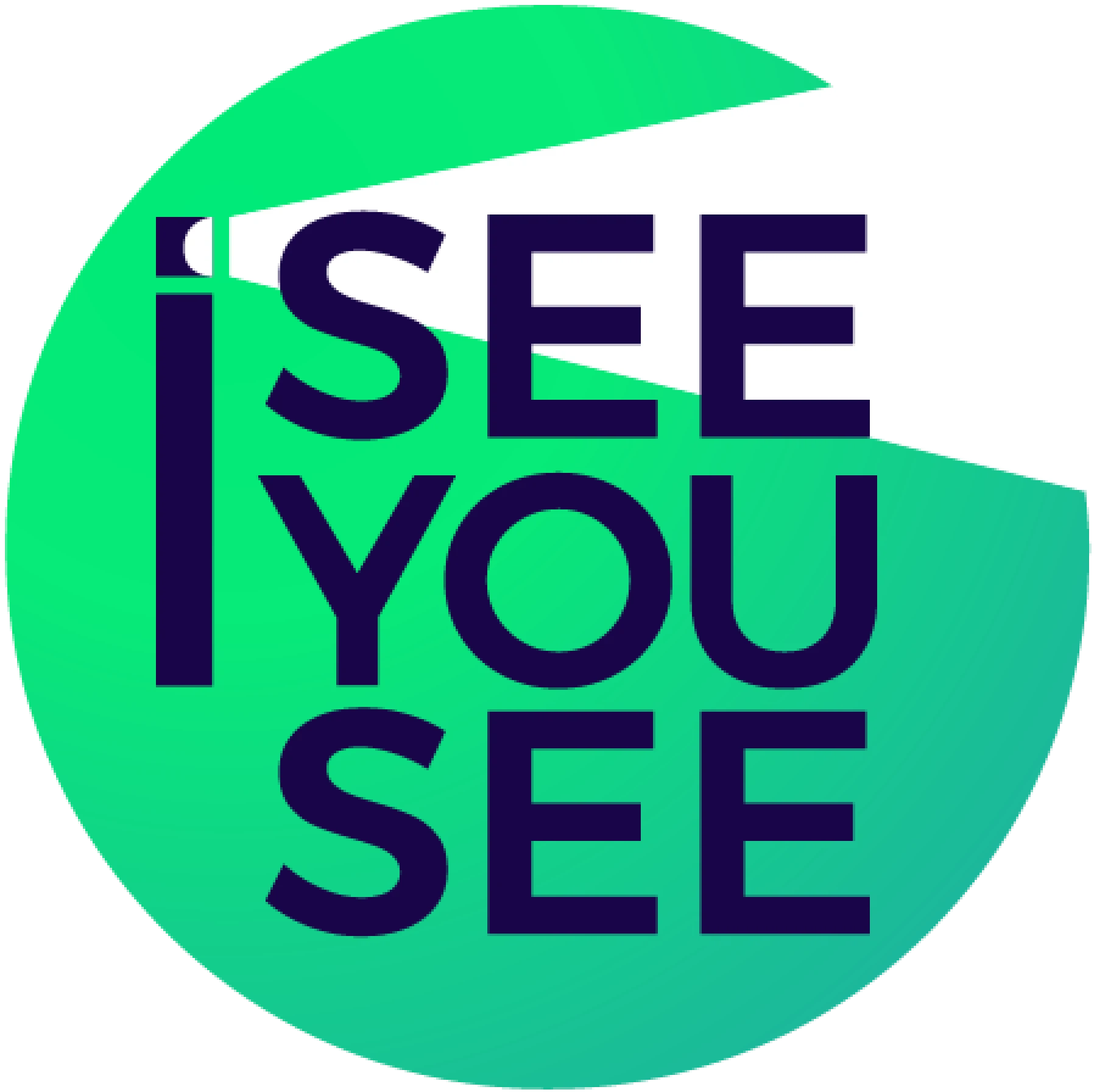When Twitter arrived on the social media scene in 2006, the 140 Twitter character limit was a sign of panic for many. And for the last eleven years, Twitter has stood by short messages as a defining characteristic, even as users found ways around the limits, such as posting photos of text.
This month, Twitter announced it’s biggest update yet. The social network says it will now test a longer limit of 280 characters in select languages to help users “easily express themselves”.
“We understand since many of you have been Tweeting for years, there may be an emotional attachment to 140 characters – we felt it, too,” Twitter product manager Aliza Rosen wrote. “But we tried this, saw the power of what it will do, and fell in love with this new, still brief, constraint.”
The company wrote in a blog post that the new 280-character count will initially be available to a small, randomized but representative group of Twitter users as it’s considered more of a test than a large, public rollout. However, the test is not expected to last long — only weeks — before Twitter plans to make a decision regarding a broader rollout.
Why the Twitter character change?
Twitter’s motivation behind the biggest update yet was due to the heavy impact and limitations 140 characters has for different languages – like English, Spanish, Portuguese or French, compared to those Tweeting in Japanese, Korean and Chinese.
Twitter’s research indicates that when people have more room to write and express their emotion, they tweet more — and that’s exactly what the company needs.
In July, Twitter reported that the U.S. monthly user base had declined for their first and second quarter of 2017. In a recent article, NPR shared that shortly after Twitter went public in 2013, the company’s stock hit $69 a share. But it has been sliding since then as it struggles to make money; as of Wednesday afternoon, its shares were trading at around $17.
What do you think of Twitter’s latest update?
